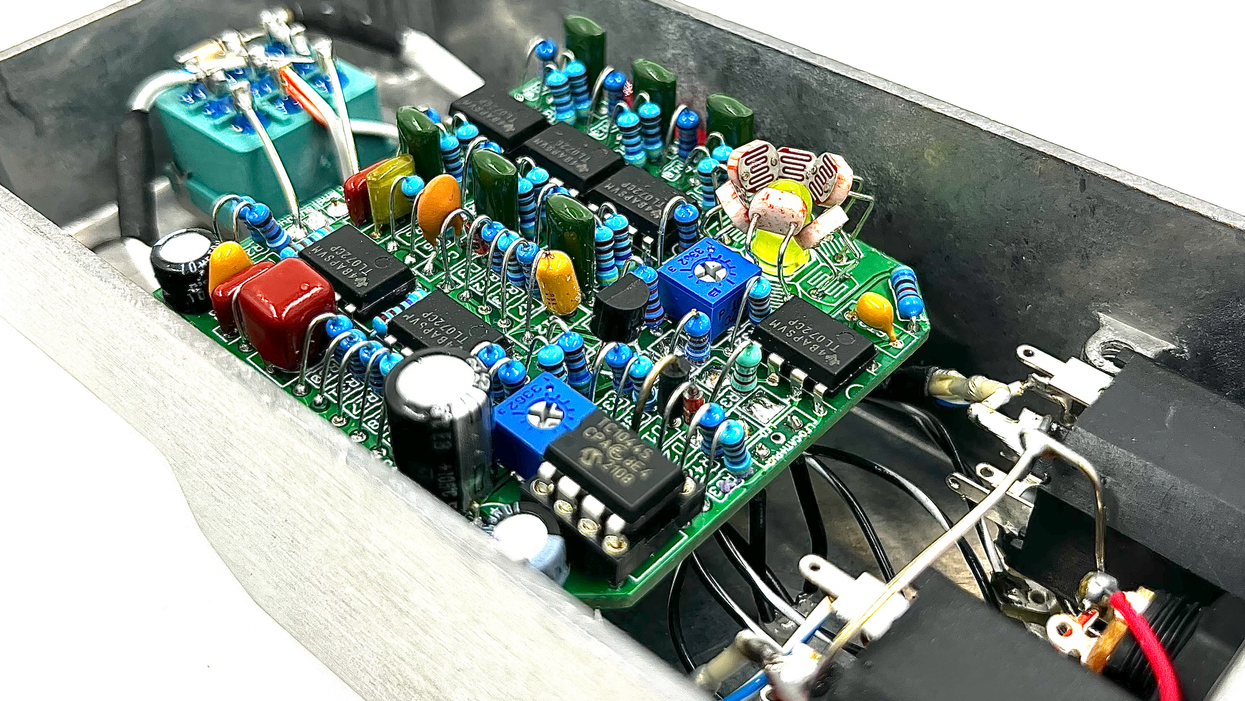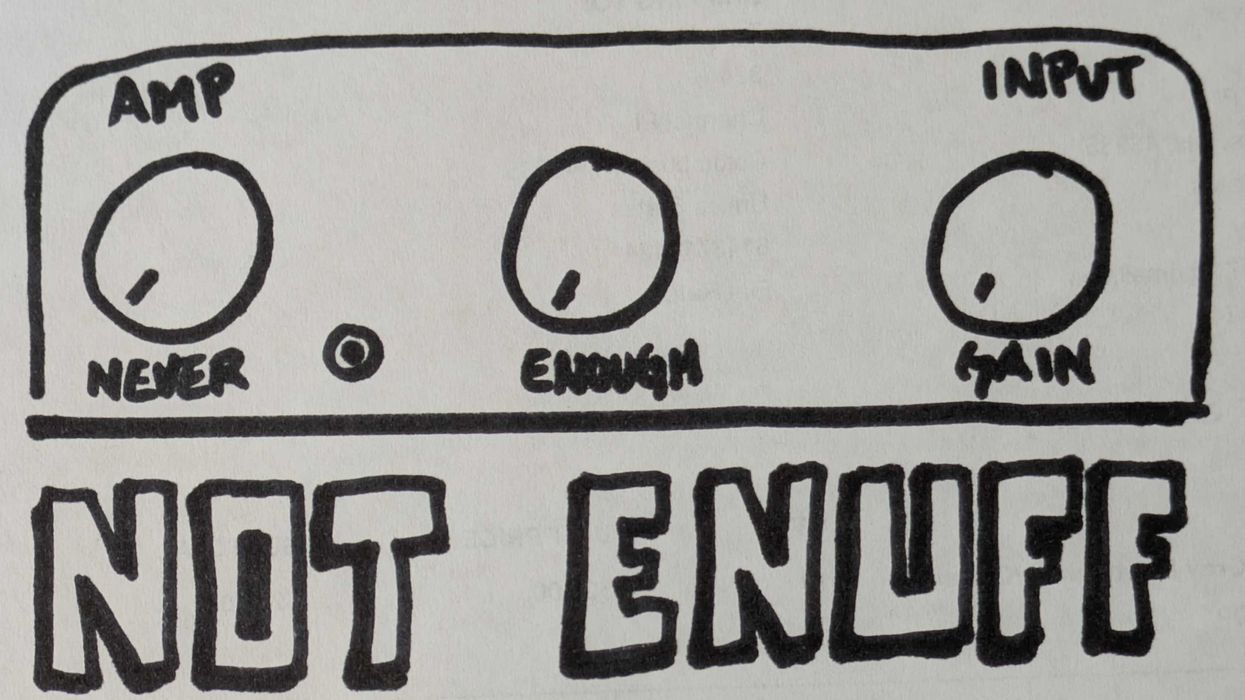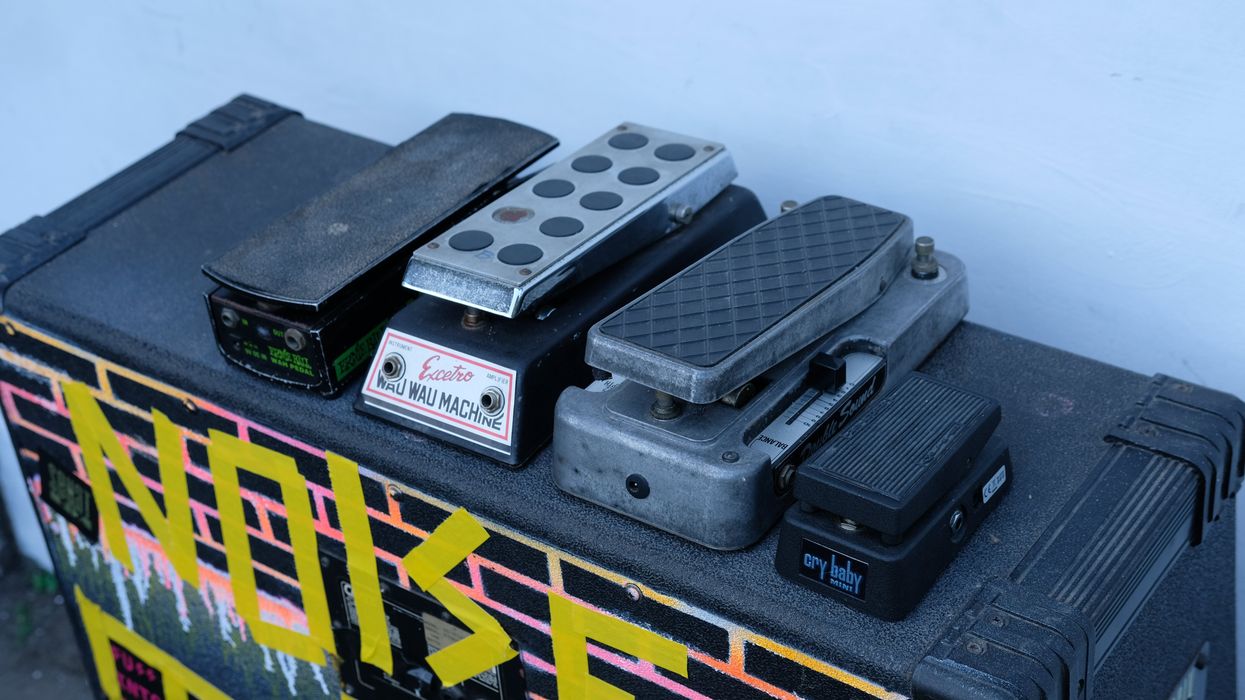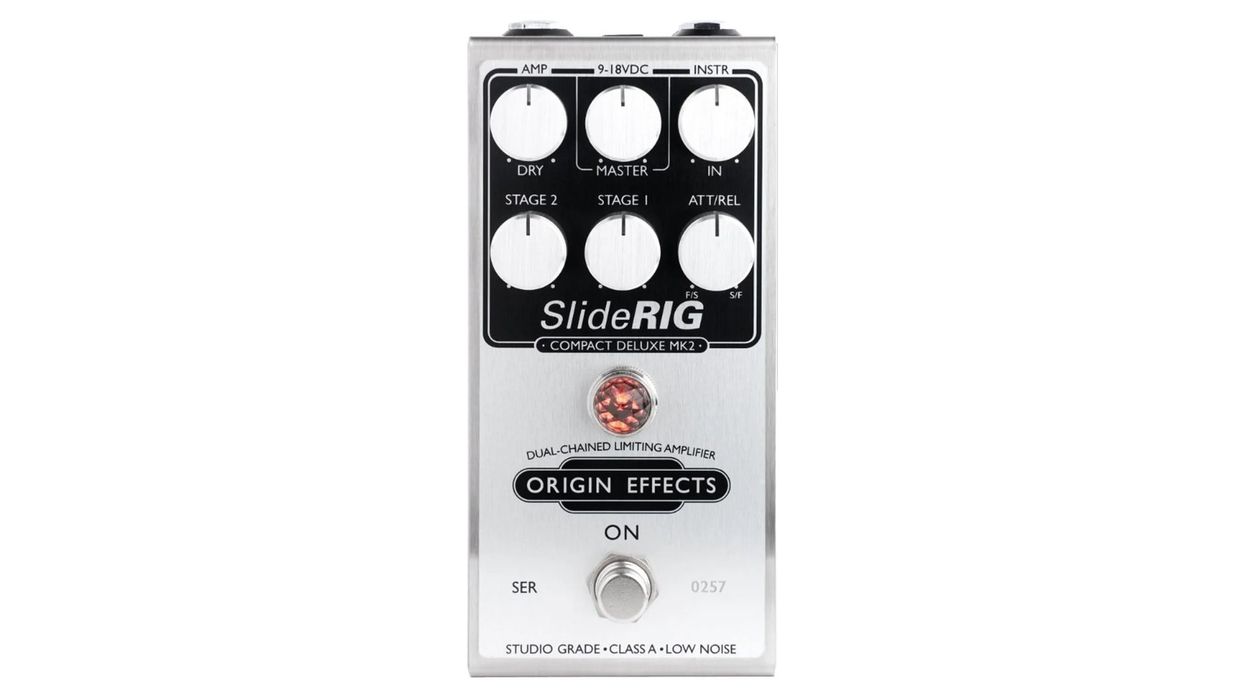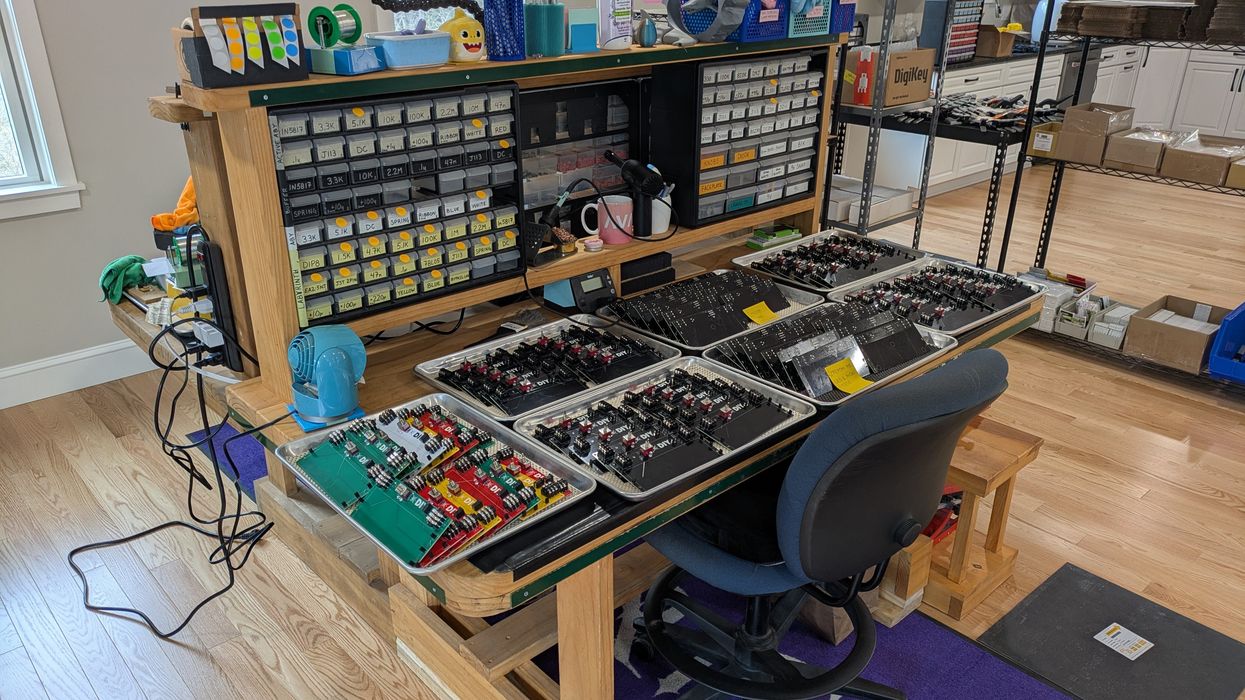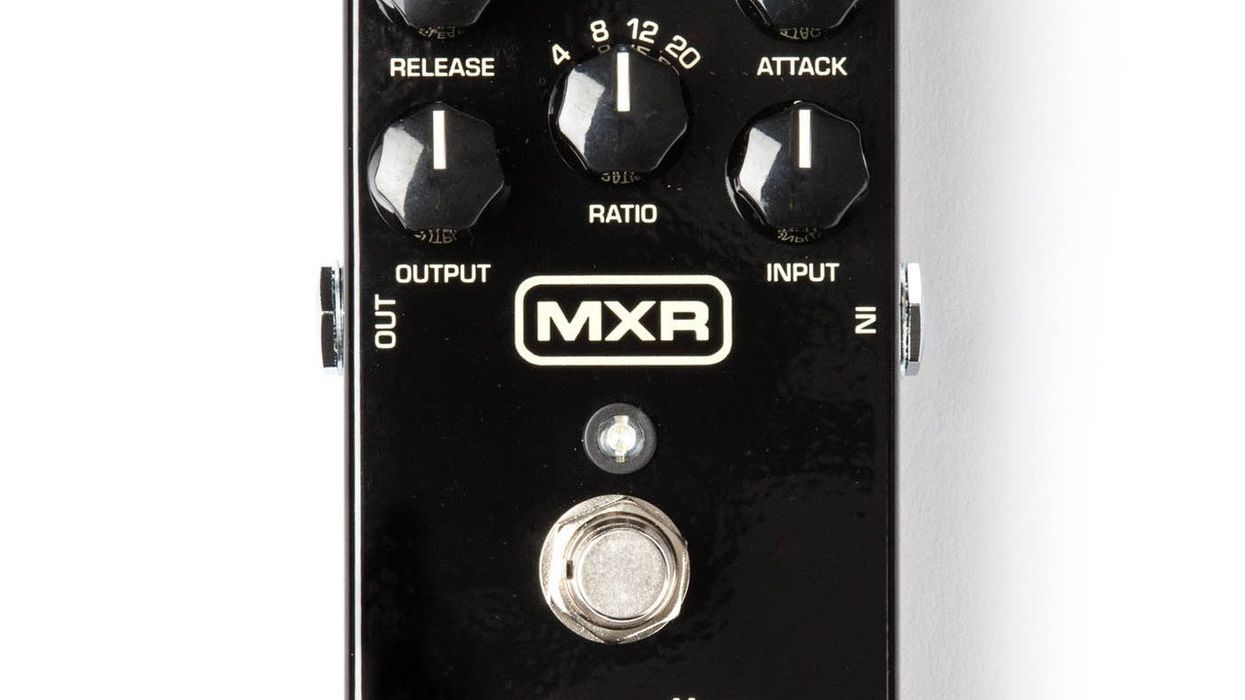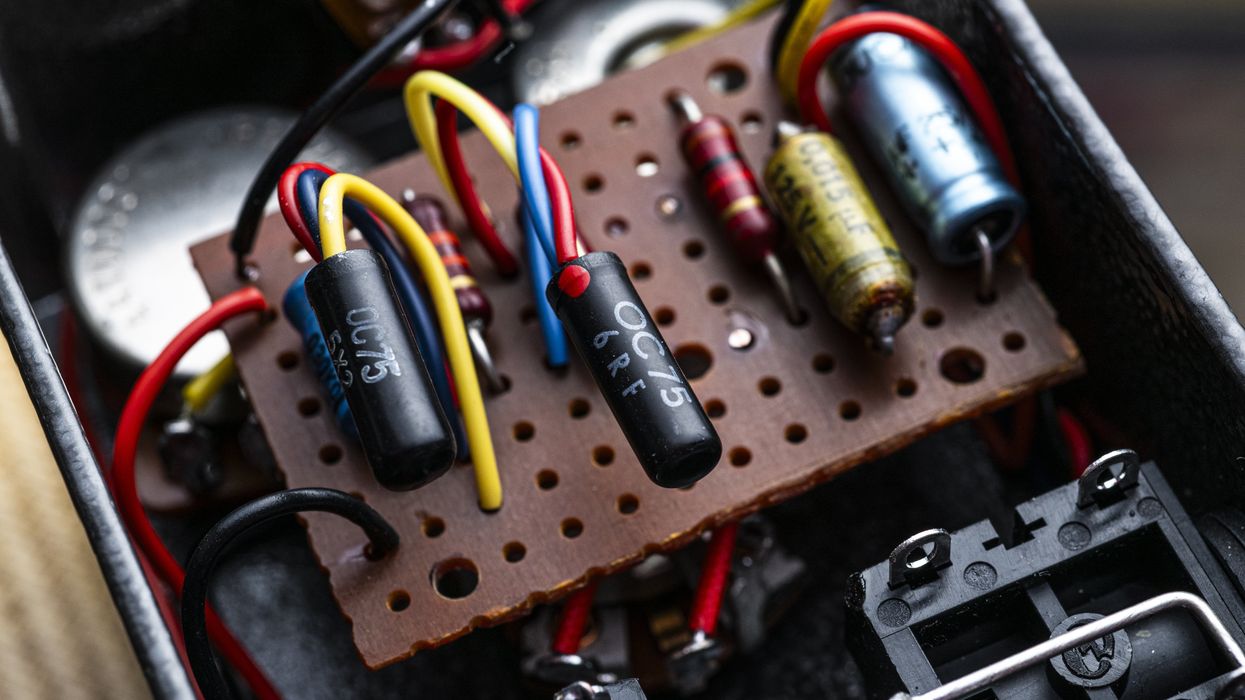Potentiometers are used for most of the controls on pedals and a lot of other electronic equipment as well. A potentiometer (also known as a pot) is defined as a 3-terminal variable resistor in which the resistance is manually varied to control the flow of electrical current. A potentiometer acts as an adjustable voltage divider. Any control on a guitar pedal that has a knob will typically be controlling a potentiometer, or sometimes a rotary switch.
There is a type of potentiometer called a trimmer (also known as a trimpot) that lives inside of some stompboxes. It typically doesn’t have a shaft that sticks up like a regular potentiometer. Trimmers usually have a slot on top for making adjustments with a small screwdriver. They are meant to be set correctly when installed in a device, and mostly never seen or adjusted by the device’s user. Trimmers can be variable resistors, variable capacitors, or trimmable inductors, and they can perform many different types of functions within a circuit.
“I know what an epiphany it can be to unlock that little extra bit of magic out of an already beloved pedal.”
I get a fair amount of questions about trimmers—often: “Is it okay to mess with that?” There are many pedals on the market that have internal trimmers that can be adjusted by users, to tweak to personal taste. It is handy to be able to dial a sound in all the way, almost like fine-tuners on a guitar. Typical user-tweakable micro controls are for modulation speed and/or width, gain, and sensitivity.
Conversely, there are trimmers built into circuits that I would not consider easily user-adjustable. These include things like bias for time-based effects and setting proper voltages so circuits can function as they should. I’ve repaired quite a few analog delays and flangers, for example, that were perfectly functional! The bias had simply drifted out of its sweet spot. Perhaps the user had gotten too curious and decided to tweak those irresistible little trimmers? Or, more often than not, the trimmers had simply drifted a bit away from their set positions over many years of use, not to mention jostling from being transported to and from gigs. A qualified pedal tech has the right meters and test equipment to get those effects dialed right back in. However, bias can be a nightmare to get back to where it needs to be without some expertise. I understand why these folks thought their pedals were broken. A modulation effect that isn’t properly biased can sound absolutely horrible!
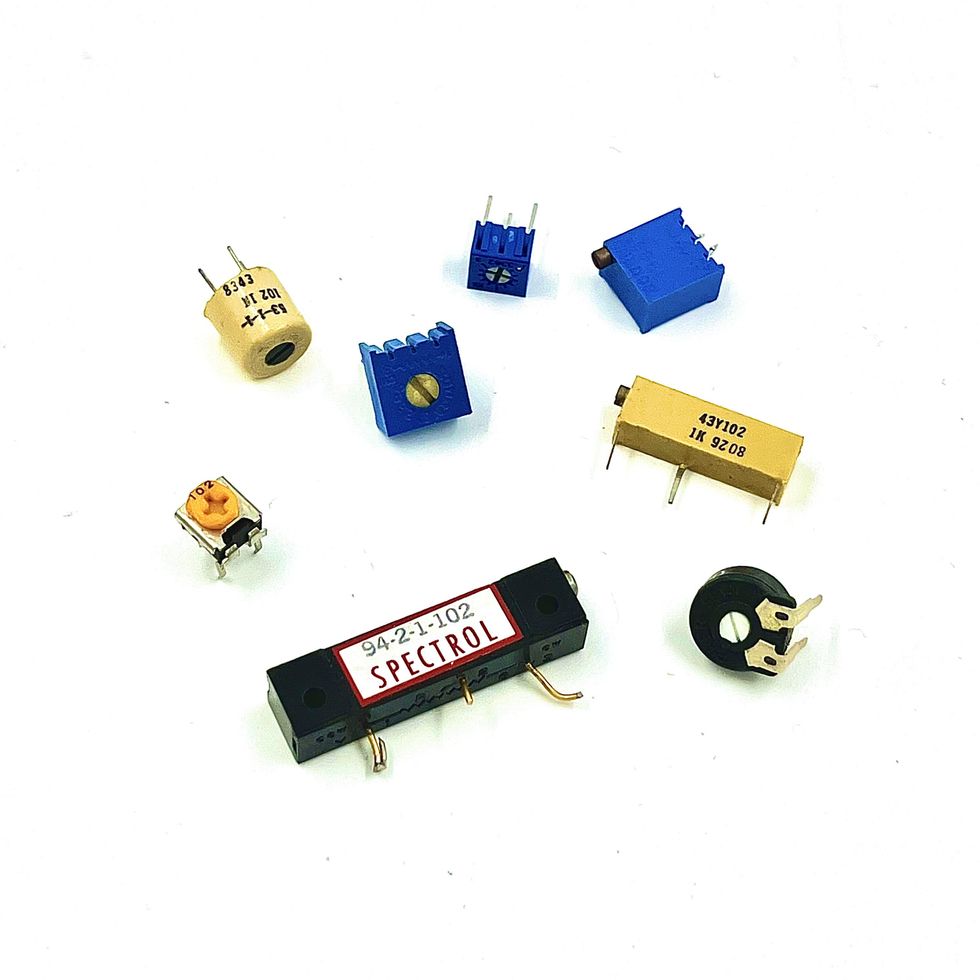
Internal timmers, aka trim pots, come in a variety of shapes and sizes. Look for the slots.
It’s only natural to be curious about the guts inside pedals. Trimmers can add so much extra versatility to a device. If you’re ever unsure which ones are okay to tweak, a good rule of thumb is to ask the builder or the company that makes a particular unit which of its trimmers are okay to fiddle with before you twiddle. In some cases, your warranty could be voided if you do adjustments, so it’s always a good idea to check first.
I know from my own playing what an epiphany it can be to unlock that little extra bit of magic from an already beloved pedal, and I enjoy sharing any knowledge that can help guitarists get the sounds that are most pleasing out of their effects. Perhaps that pedal you planned to trade could be transformed into something you really love with a little twist of a trimmer.
A Deeper Dive
I mentioned resistors several times in this column. A resistor is a passive, 2-terminal electrical component that controls electrical resistance as a circuit element. In electronic circuits, resistors are used to reduce current flow, adjust signal levels, to divide voltages, bias active elements, and terminate transmission lines, among other uses.
- Does your favorite stomp have an adjustable trimmer? You can find a list of popular guitar pedals that have adjustable trimmers here.
- To read more about voltage dividers, and how a potentiometer works, check this article out.
- And here’s some great information about trimmers, for further exploration.


